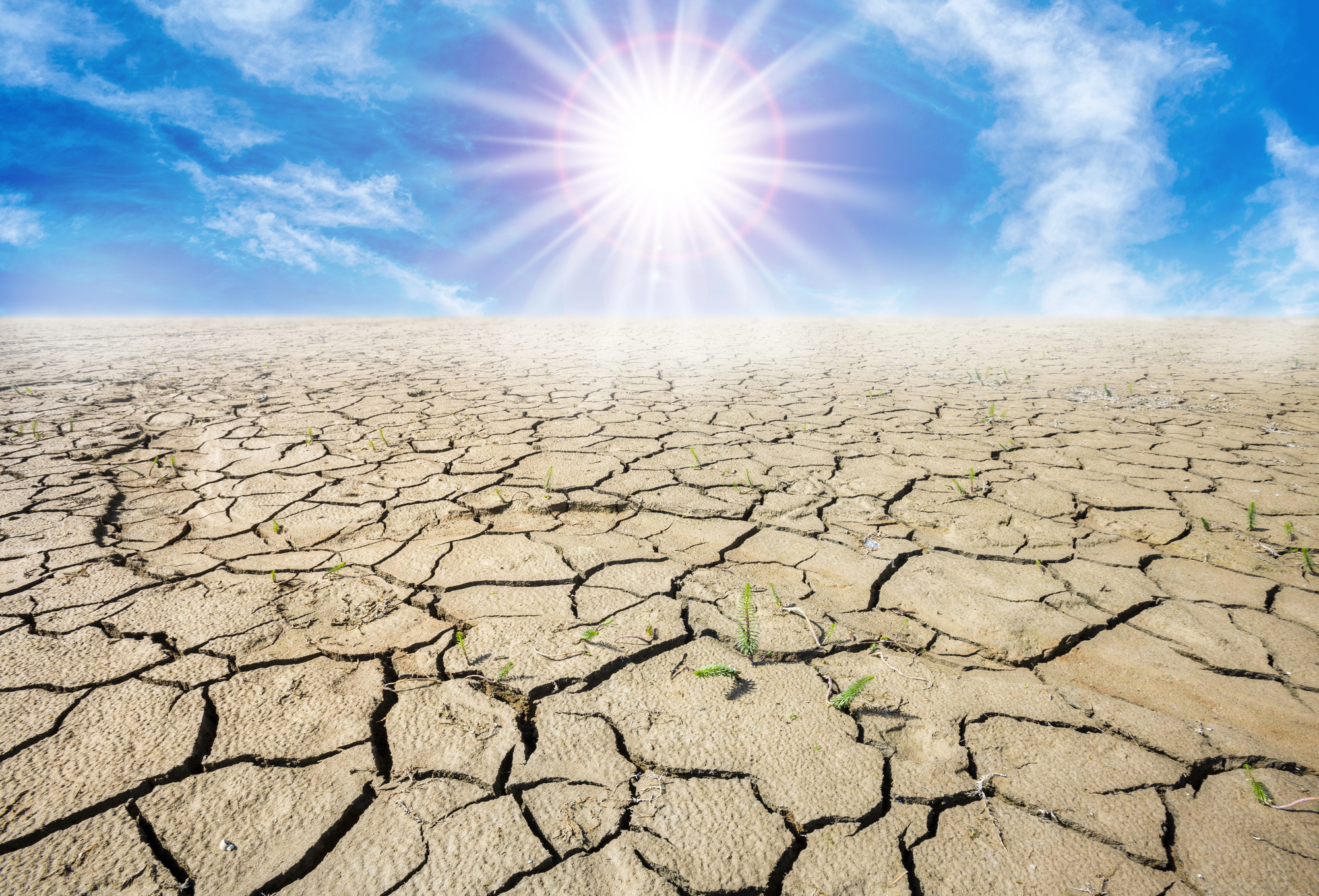In January, a team of scientists published one of the most sobering forecasts yet for Europe’s future. A study in Nature Medicine estimated that without aggressive adaptation, about 2.3 million additional temperature-related deaths could occur across 854 European urban areas between 2015 and 2099. Even under scenarios with adaptation, many regions — especially in southern Europe — still face net increases unless emissions fall sharply.
Coverage by Euronews translated the findings for the wider public: “Climate change could cause 2.3 million more temperature-related deaths in Europe by 2099.” The outlet stressed two main takeaways: the rise in heat-related mortality will vastly outweigh declines in cold-related deaths, and the burden will fall disproportionately on southern and Mediterranean cities, where both aging populations and urban heat islands converge.
For Madeleine Thomson, Head of Impacts and Adaptation at Wellcome, the figures are not just statistical projections. They are a warning that health systems must adapt now or risk being overwhelmed later this century.
Evidence of the Risk Already Here
The Nature Medicine study looks decades ahead, but 2025’s summer has already provided a preview. A rapid analysis from Imperial College London and the London School of Hygiene & Tropical Medicine estimated that a 10-day heatwave in late June and early July killed around 2,300 people across 12 European cities, with about 1,500 of those deaths linked directly to climate change.
Add the cascading effects — 400,000 hectares burned in wildfires across Europe by August, an 87 percent increase over the two-decade average — and the numbers paint a dire picture.
Thomson’s Call for Integrated Surveillance
For Thomson, these statistics underline the urgency of embedding climate data into health systems. At a World Meteorological Organization meeting in September 2024, she warned: “We can’t do climate and health without the climate. We need integrated surveillance and climate services for health and can no longer afford to be flying blind.”
This philosophy runs through her career. At Columbia University’s International Research Institute for Climate and Society, she directed the WHO Collaborating Centre on Malaria Early Warning Systems, where her team developed tools to forecast outbreaks of climate-sensitive diseases. Later, at Columbia’s Mailman School of Public Health, she extended her research into nutrition and hydrometeorological disasters.
At Wellcome, she now leads efforts to scale those principles globally — funding research, supporting networks, and making climate–health a core philanthropic priority.
What adaptation must look like
Thomson argues that the path forward lies in practical, evidence-based measures. The Nature Medicine authors modeled adaptation scenarios such as expanded cooling access, urban redesign, and behavioral changes. Thomson’s framing makes these more tangible:
- Forecast-driven healthcare. Hospitals should plan for surges based on night-time minima and heat indices, not just daily highs. Alerts would trigger outreach to vulnerable patients, wellness checks, and targeted staffing.
- Urban redesign. Cities can reduce exposure through shade trees, reflective building surfaces, water features, and ventilation corridors. Sky News reporting earlier this year quoted Thomson underscoring that “simple changes, like adding green spaces and waterways, can help cool urban areas and protect public health.”
- Flexible labor and education policies. Outdoor workers need paid breaks, adjusted hours, and protective gear. Schools should adapt schedules and improve ventilation to keep children safe during alerts.
- Cooling access as equity. Cooling centers and hydration stations must be accessible by public transport, open late into the night, and available across vulnerable neighborhoods.
The policy gap
Europe has begun to grapple with the problem. The European Commission’s 2021 Climate Adaptation Strategy includes language on health resilience, but implementation remains patchy. While Paris has invested in “oasis schoolyards” and Barcelona in tree-lined “superblocks,” most cities lack comprehensive, health-centered heat adaptation plans.
For Thomson, this is where philanthropy, science, and policy must converge. Wellcome’s climate–health programme is investing in interdisciplinary collaborations, including climate-informed health forecasting, surveillance of climate-sensitive diseases, and studies of how extreme heat interacts with nutrition and mental health. By generating new data and building partnerships, Thomson hopes to help shift the conversation from climate change as an environmental problem to climate change as a public-health emergency.
Economics underscore the case
The human costs are clear, but the economic ones also demand attention. Allianz Research estimates that heatwaves could cut Europe’s GDP by 0.5 percentage points in 2025, with Spain losing up to 1.4 points due to reduced labor productivity. When heat closes construction sites, slows transport, and drives healthcare costs higher, the knock-on effects ripple across sectors.
Global implications
Europe’s crisis has global resonance. If high-income nations with robust health systems struggle to cope, the challenge will be even greater for low- and middle-income countries. Thomson’s earlier research in Africa and Asia focused on climate-sensitive diseases like malaria. Those lessons, she argues, apply universally: forecasting risk, strengthening local systems, and ensuring resources reach the most vulnerable.
A century-scale warning
The Nature Medicine projection is not destiny. It is a warning. Without rapid adaptation and sharp emissions cuts, Europe faces a cumulative mortality toll that rivals major pandemics. But with foresight and investment, many of those lives can be saved.
As Thomson puts it, the choice is clear. Either integrate science, health, and policy to adapt, or resign Europe’s cities to preventable tragedies. The data, she insists, leaves no middle ground.







Click here to change your cookie preferences